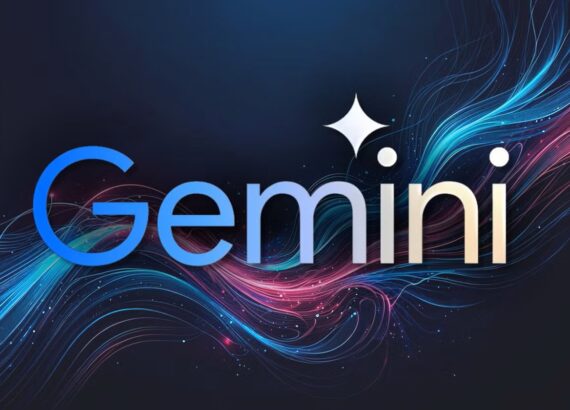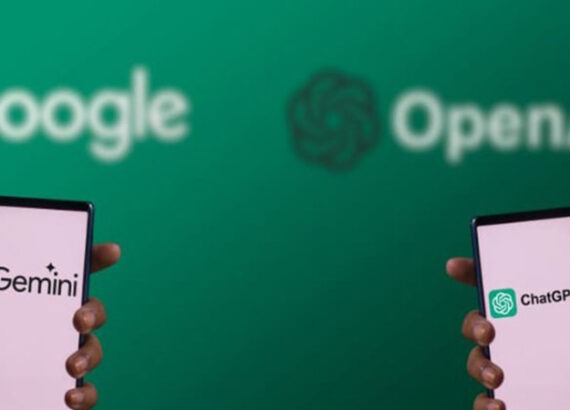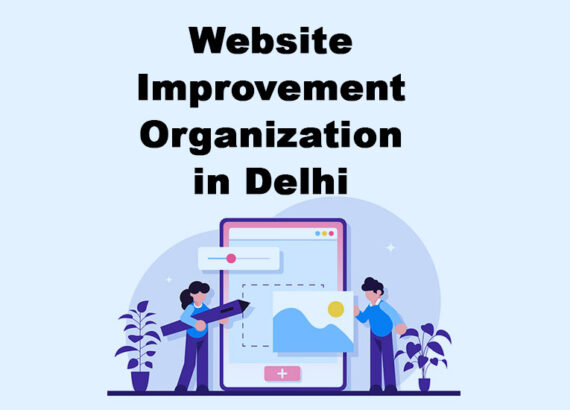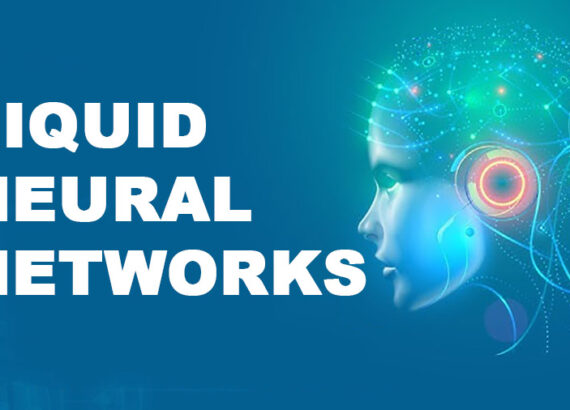Hey, readers? It’s not every day that a major shift shakes the foundation of the AI community, but OpenAI’s recent announcement has done exactly that. In a surprising and rather emotional note shared by CEO Sam Altman, OpenAI has confirmed that GPT-4 will be completely removed from ChatGPT, signalling the end of an era in generative AI.
So, whether you’re a developer, writer, researcher, or just someone who loves talking to ChatGPT, this move marks a monumental transition. But why now? And what does this mean for the millions of users who built workflows, habits, and even businesses around GPT-4? This blog discusses Sam Altmann’s message in depth. Let’s get going!
GPT-4: The Legacy We’re Saying Goodbye To
As you know, GPT-4 has revolutionized how we interact with machines. It wasn’t just faster or more fluent — it reasoned, analyzed, and understood context at a level no previous model could. It wasn’t perfect, but for the first time, a machine began to feel like a conversation partner. It powered ChatGPT Plus, enabling premium users to access more accurate summaries, code generation, business analysis, and creative writing. It served as the bedrock for academic support, customer service automation, and AI-assisted development tools. In fact, many tech startups modelled their entire service architecture around GPT-4’s API. From law firms crafting better briefs to teachers preparing lesson plans, GPT-4 became a silent partner behind thousands of success stories. And now, suddenly, it’s leaving.

Sam Altman’s Message: “We Have to Move Forward”
Well, in a heartfelt blog post shared via OpenAI’s official channels, Sam Altman didn’t just confirm the removal of GPT-4 — he explained the philosophy behind it. The post reads less like a press release and more like a farewell letter to a beloved colleague. “GPT-4 showed us what’s possible. But as we look toward the next generation, we need to make room for models that align with our future vision. That means saying goodbye to the tools of yesterday, even when they still work wonderfully.” — Sam Altman, CEO of OpenAI. According to Altman, the removal is not a rejection of GPT-4’s capabilities but an embrace of progress. It’s part of a broader internal restructuring to simplify the ChatGPT ecosystem, unify model behaviour, and ensure future models integrate more seamlessly across OpenAI’s platforms.
The End of Dual-Model Access
Hey, users? As you know, you had a variety of options, including free and subscription versions of ChatGPT. This split allowed people to experiment with both speed and intelligence, with GPT-4 being the obvious choice for complex tasks. Nevertheless, it also led to:
- Version fragmentation across apps
- Inconsistent results from plugin developers
- User confusion when switching between models
Altman acknowledged that maintaining two core models created challenges internally, too, especially when integrating with newer multimodal tools like DALL·E, code interpreters, or voice assistants. By retiring GPT-4, OpenAI can focus its engineering resources on a single, unified experience — one that is faster, more scalable, and deeply integrated with the latest advancements.
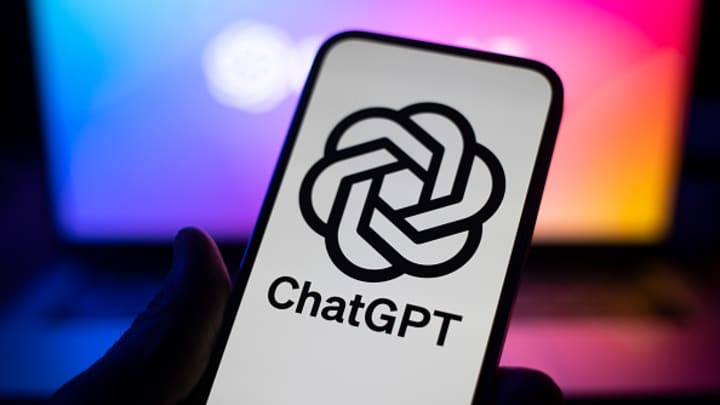
Fragmented User Experience Across ChatGPT
As you already know, ChatGPT includes various fragments or, say, versions of it. This fragmentation made the platform feel inconsistent. Developers and everyday users alike had to juggle different interfaces, toggle specific tools, and deal with varying levels of output quality. The GPT-4 experience often required users to activate or deactivate tools manually — whether it was browsing, DALL·E, code interpretation, or memory. From a product design standpoint, this wasn’t sustainable. Users don’t want to manage toggles or switch models mid-task — they want an assistant that works smoothly, anticipates needs, and integrates features behind the scenes. GPT-4’s framework simply couldn’t support that level of flexibility. That’s a huge reason why OpenAI is shifting to a single, unified model experience.
Speed and Latency Issues
Anyone who used GPT-4 regularly noticed that it was slower than GPT-3.5. The responses were thoughtful and often more accurate, but they came at the cost of time. For casual users, this lag was an inconvenience. For developers and enterprise clients, it was a dealbreaker. The underlying architecture played a big role here. The Mixture of Experts (MoE) approach, while efficient in some ways, introduced additional overhead. The model had to dynamically route queries through specific experts during each inference pass. That process slowed things down. Moreover, the routing mechanism added unpredictability. Depending on which “experts” were chosen for a task, the output might slightly vary, even with the same prompt. While this made the model more scalable, it also made it more unstable and certainly less ideal for fast-paced, real-time applications like voice assistants or live AI tools. By removing GPT-4, OpenAI clears the way for a leaner and more responsive model — one that better meets the expectations of modern AI usage.
Rising Infrastructure and Operational Costs
Behind the scenes, GPT-4 was expensive to run — not just computationally but also in terms of infrastructure and personnel. Every token processed came with a higher energy cost, a longer processing time, and more strain on GPU clusters. Serving a model like GPT-4 at a global scale requires a lot of hardware. That hardware needs power, cooling, networking, redundancy, and monitoring. And when you layer on the cost of maintaining separate pipelines for GPT-3.5 and GPT-4, with different APIs, plugin compatibility, and tuning processes, the costs multiply quickly. Even OpenAI, one of the most well-funded AI organizations in the world, had to face the reality that GPT-4 was not built to be a long-term solution. In contrast, the newer model architecture is optimized for scalability, both technically and financially. With a single, adaptive model powering ChatGPT, OpenAI can reduce backend complexity, streamline training and deployment, and pass those savings on to users or reinvest them into further development.

Prompting Sensitivity and Output Variability
Despite being more intelligent overall, GPT-4 could be surprisingly finicky when it came to prompts. Sometimes, it requires overly detailed instructions to generate the desired output. Other times, it would ignore formatting rules or drift off-topic, especially in longer conversations. This behaviour wasn’t just frustrating; it created reliability concerns for teams building on top of the API. For example, a company building a document summarizer needed GPT-4 to consistently follow formatting rules, and when it didn’t, entire workflows broke. Part of this came down to GPT-4’s architecture. The MoE system made internal decision-making a bit less transparent, and the training datasets weren’t always sufficient for enforcing strict structure or prompt-following behaviours. The newer model addresses this with improved fine-tuning and better instruction handling. That’s a huge step forward for developers and enterprises that rely on predictable, repeatable behaviour.
Conclusion
In conclusion, GPT-4 was never meant to be permanent. It was a landmark, not a destination. Its removal from ChatGPT marks the end of an era, but more importantly, it paves the way for a more efficient, unified, and powerful AI assistant. The new model is faster, cheaper to run, more consistent, and ready for the multimodal, multi-tool future that OpenAI has been quietly building toward. Hey buddy, if you enjoyed reading the blog, keep exploring for more only on Nextr Technology’s website. We are the best web development agency in New Delhi.
Thank you for reading
Buy Web Hosting at an affordable price: Buy Now.
If you want to build your website at an affordable price, contact www.nextr.in
Read this: Open AI Academy – An Opportunity to Avail AI Tools and Training




